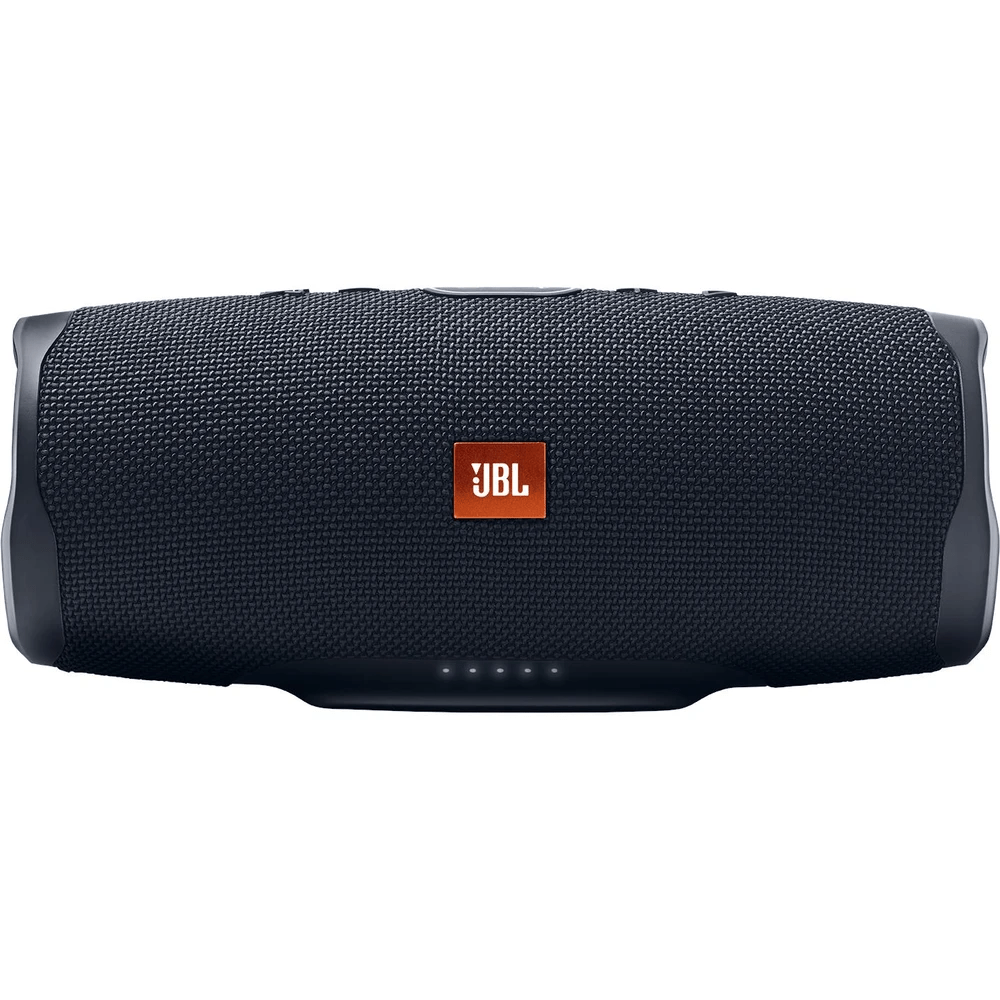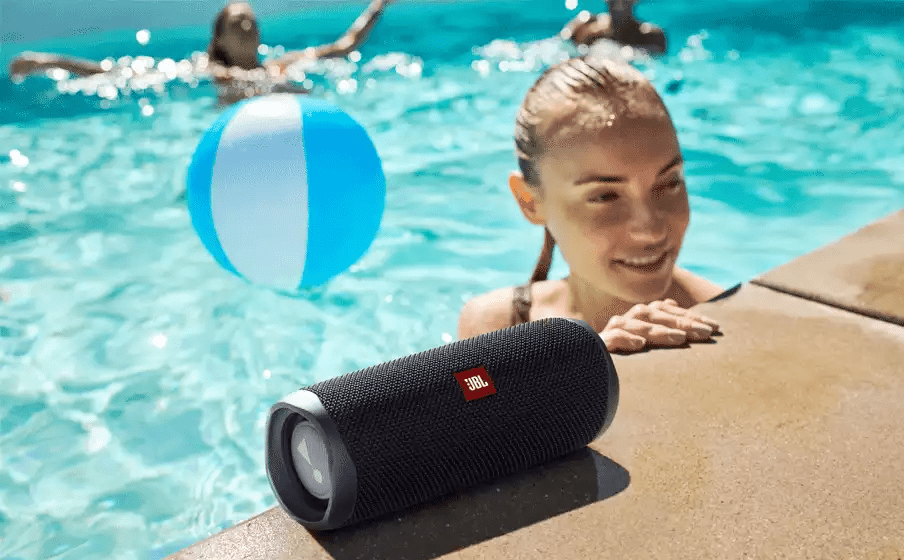Are you growing frustrated by the lack of sales in your store? Or maybe you wouldn’t mind some more? Well, stick around, because in this post, we’re going to unpack five carefully selected techniques you can implement—or improve on—in your business to generate more sales today.
Starting with …
1. Building Trust
Tell me, would you ever consider shopping with a business that you feel lacks credibility or that you simply don’t trust? My guess would be no—for you and everyone else.
To improve overall trust levels for each step of your funnel, start with pages that receive the most traffic. This will undoubtedly boost conversions within your business.
There are a few simple actions you can take to increase trust across your funnel, and I’m going to walk you through them right now.
Social proof
The majority of users who visit your store are looking for some form of proof that you’re legitimate, before they even consider buying from you. They need social proof, which comes in the form of product reviews, customer testimonials, a social media following, awards, recognition from trusted sources, and a few more … but you get the point.
If you aren’t, at the very least, gathering reviews from your customers, then you’re in danger of dropping the ball big-time.
If you’re just starting out and have zero reviews, you can reach out to your friends and family and ask them to review your products so you can quickly get some social proof. Any positive review is better than nothing. Also make sure you position your social proof where it’s going to receive plenty of looks, because what good is it if no one sees it?
Clarity
When creating anything on your website, whether that’s design, promotional offers, images, copywriting—literally anything—it’s important to be crystal clear about what you’re trying to accomplish. If you’re not clear, chances are, your visitors will be confused. This is frustrating for them and may result in bouncing—they might even leave your store for good!
So remember, clarity is key when communicating anything to your customers.
There’s a great method to uncover the design, function, and user experience areas on your website that lack clarity: perform user testing. You can gain a lot of insights from people who are visiting and performing actions on your site for the very first time.
Contact information
Adding a phone number and email address to your website establishes trust immediately. I encourage you to get a phone number for your business as soon as possible. Depending on your country, there are virtual services (including Google) that you can acquire for free.
Both phone and email contact methods have proved to be great conversion tools when used correctly. In fact, we have seen huge wins with A/B split testing about where we should locate support information.
When we simply added a phone number (within the header at the very top of the website) on a particular client’s store, we saw a 10% increase in conversion rate—and a 15% increase in add to carts.

One theory is that the typical demographic for this store is over 45. They may be more comfortable knowing they can pick up the phone and call to discuss issues or concerns as opposed to initiating a live chat or sending an email (potentially waiting days for a reply).
When you’re setting up an email for your business, don’t use “@gmail.com” or any other email service. Create your email account via your domain hosting. It then looks something like “[email protected].” This is a lot more professional than using a Gmail or a Hotmail account to answer customer queries.
Moving on from building trust, we have …
2. Providing High-Quality Product Images and Copy
Invest in high-quality product images and great copy. These are arguably two of the most important components in your bid to convert visitors. You can optimize every other part of your funnel, but if your product images and description are not up to scratch, you can wave goodbye to your visitors.
Images and copy are how we make decisions about whether or not a product is a good fit (for us and for others we’re shopping for).
Since we can’t physically touch the product itself as we would at a physical shop, we have to rely on product imagery and descriptions as our primary method of evaluating a product.
Let’s unpack this a little more …
High-quality product images
Your product images are more than likely the most utilized bit of content on your product pages—and, more often than not, users interact with your product images before scrolling through or reading any more information on the page.
Here at BGS we recommend having at least three to five images presenting different angles. That way your visitors can inspect the product thoroughly. Depending on the product you’re selling, it’s also valuable to include an image that calls out the main features or benefits of your product. You don’t want users to miss any key information, even if it’s also mentioned somewhere else on the product page.
Another thing to keep in mind when creating product images is that it’s very difficult for users to gauge the size of your product. Provide an image of your product in scale or your other images might lead to misconceptions.
Let’s use this portable Bluetooth speaker from JBL as an example.

Using this cut-out image of the speaker, it’s hard to imagine how big the speaker actually is, right? Will it fit in on my study desk? Will it take up too much room, or is it small enough to pack in my beach bag? These are just some of the questions I’d have to answer after seeing the speaker for the first time.
Fortunately, JBL has done a great job of showcasing this speaker in real-life situations, which makes it very easy for users to visualize where they could use this speaker. Not only does it show the product in scale, but it’s also telling me that the product is splash-proof without even saying a word. Brilliant!

Keep this in mind when you’re taking your own product images or outsourcing to professionals.
Simple and clear copywriting
Very few websites are written well or, most importantly, clearly. There’s a common expression we like to use at BGS: Write, make, and do everything so that even Homer Simpson would understand.
We try to write intelligibly and with some sophistication but more often than not we end up just confusing users. We use words online while trying to sell something that we’d never use in a face-to-face interaction, but we don’t have to.
Here are a few pointers to keep in mind when writing a product description:
- Avoid creating a “wall” of text or extremely word-heavy paragraphs.
- Use bullet points and clear paragraph spacing to ensure that your copy is easy to scan.
- Use mini-stories to keep users engaged.
- Use enthusiastic and persuasive headlines (don’t be boring!).
- Talk about product features and the benefits of using your product or service.
Remember, people buy from people! So talk to your customers the way you would in a physical face-to-face conversation. This makes your copy so much more fluid and genuine.
Product features and benefits
Keep in mind that these are entirely different things:
- Features are something your product is or has. Using the example above, let’s say that this portable speaker is made from recycled materials and is also waterproof. These are both features.
- Benefits are the solutions your product provides for the customer. For example, you’re reducing the amount of waste sent to landfills and saving energy, and, at the same time, users can enjoy high-quality music by the poolside without fear of damaging the new speaker.
3. Fine-Tuning Your Unique Value Proposition
If you plan on building a long-term profitable business, then creating a unique value proposition is absolutely essential in your success, because it doesn’t matter how amazing your product or service is, if that’s not communicated clearly in the first few seconds of someone landing on your site, then your visitors won’t even make it to the rest of the content you’ve worked so hard on.
There are a lot of marketers who put too much emphasis on trying to write the most persuasive copy to convince people to shop with them but ignore one simple fact, that clarity trumps persuasion.
Being ultra clear on why your customers should shop with you over your competitors and eliminating any friction points or doubts your customers’ may have are the most important changes you could make to your unique value proposition.
Whether you are creating your unique value proposition for the very first time or looking for an opportunity to optimize it, keep these three simple questions in the back of your mind and do your best to answer them as clearly and early on as possible in your customers’ journey:
- Where am I?
- What can I do here?
- Why should I do it?
4. Implementing Email Marketing
This is an absolute must for any ecommerce business owner. Email marketing is one of the oldest digital marketing channels alive and boy, is it still alive!
Building an email list is one of the most, if not the most, lucrative marketing channels available to you in terms of return on investment (ROI). It allows you to build valuable relationships with your customers while increasing each customer’s lifetime value.
For this short introduction, I want to focus specifically on automated flows and campaigns. With automated flows, you can set up highly personalized emails that are sent to your customers depending on certain actions (triggers) your users make on your website. This is available from most email marketing platforms, our favorite being Klaviyo.
There are seven automated email flows that we implement for our partners that every ecommerce business should implement as soon as possible:
- Abandon cart
- Browse abandonment
- Welcome series
- First-time buyer
- Repeat buyer
- Win-back
- VIP
It’s not as overwhelming as it might seem: Klaviyo provides a library of templates that you can tweak to suit your needs.
We’ve found that these automated email flows can typically account for over 30% of total monthly revenue for our clients, making email marketing one of the most profitable channels.
It has been a saving grace when other advertising channels have been rocky—and the best part of it all is that it’s plug and play! Set it up once and you make money 24-7-365.
The second honorable mention is a campaign. Campaigns allow you to send targeted emails to certain members on your list regarding absolutely anything you like. We use campaigns for sales announcements, product launches, promotions, product info, and more!
In our BGS community, the benchmark we shoot for and expect is around 45% revenue: approximately 20% from flows and 25%+ for campaigns. Can you imagine having 45% of your revenue as a safety net of predictable income each month?
The easiest way to start building your list today is to incorporate an email capture popup directly on your website. Note: There are few email capture apps available to Shopify users. We like to use one, in particular, called “Wheelio.” It’s a gamified “wheel of fortune” email capture app that converts extremely well for us.
To learn more about generating leads with effective email capture, see our article, “Magnetizing Leads.”
5. Accepting Different Ways to Pay
Do not fall into the trap of only offering Visa and Mastercard as primary payment methods.
Alternative payment methods such as PayPal, Apple Pay, GooglePay are becoming increasingly popular for shopping online due to their security measures, which make it very easy for their customers to shop safely online without the fear of fraudulent activities. In fact, according to a 2018 IPSOS study, consumers are 54% more willing to buy when a business accepts PayPal.
Another rapidly growing form of payment is an installment plan, where the customer can choose to buy now and pay later. As described in the Shopify Plus blog, leading companies in this space such as Afterpay, Affirm, and Klarna have reported that retailers using their services have seen improved conversion rates, average order value, and customer lifetime value.
So what are you waiting for?
Conclusion
We’ve covered five techniques you can begin to implement on your store to boost sales, starting today.
Through a combination of building trust, producing high-quality product imagery and product descriptions, fine-tuning your unique value proposition, implementing personable and automated email flows and campaigns, and accepting a variety of payment methods and plans, I’m confident that you’ll reach new heights in your business!
Resources
PayPal. (2018). Online payment experiences of merchants. Ipsos Global Research Study across US, UK, Germany, Australia, Italy, Spain, and Brazil.
Winkler, N. (2020). Reduce abandoned carts with buy now pay later. Shopify Plus blog.

